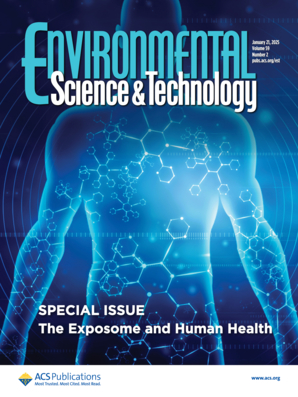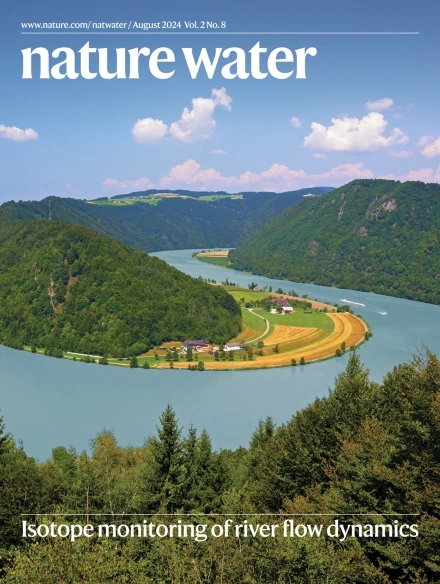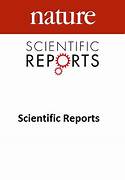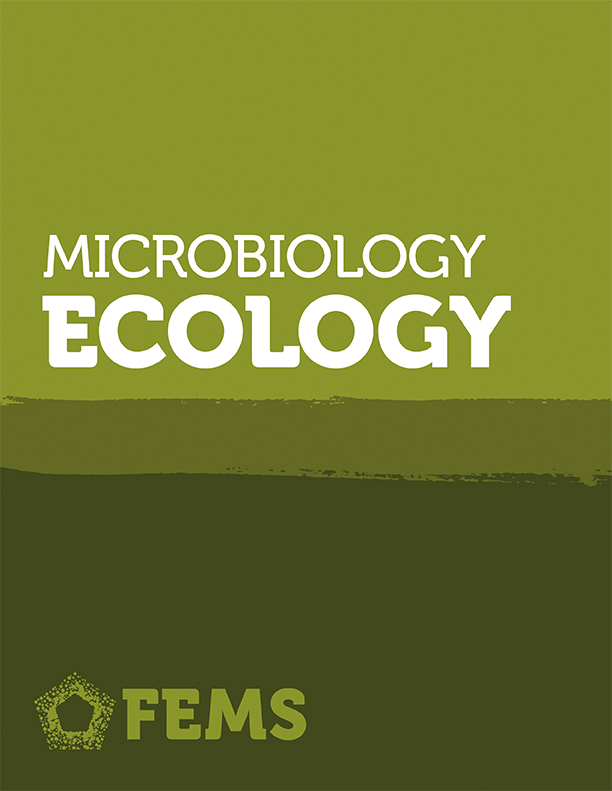- Department:(Dept. 1) Ecohydrology and Biogeochemistry
Attributing Urban Evapotranspiration From Eddy‐Covariance to Surface Cover: Bottom‐Up Versus Top‐Down
Evapotranspiration (ET) is an important process in the water cycle that can help reduce heat stress in cities. However, it is dependent on surface cover. The study provides insights that can inform urban planning and water management decisions, including improving the living environment of city dwellers.

Strong Subseasonal Variability of Oxic Methane Production Challenges Methane Budgeting in Freshwater Lakes
Electrical conductivity fluctuations as a tracer to determine time-dependent transport characteristics in hyporheic sediments
The paper presents a modeling approach to estimate time-varying travel times from the stream water to the streambed. The modeling is based on fluctuations in electrical conductivity in the surface water and in the porewater. Given the high temporal dynamics of transport in streambed sediments, the model will be a valuable tool for the assessment of reactive transport in streambed sediments.

Ecohydrological resilience and the landscape water storage continuum in droughts
A better understanding of water storage dynamics at medium scales, i.e. areas between 10 and 100 square kilometres, could help to better predict and ensure the availability of water resources, even in times of climate change. To this end, the researchers here synthesised findings from several long-term studies and introduced the concept of ecohydrological resilience.
Persulfate activation by biochar and iron: Effect of chloride on formation of reactive species and transformation of N,N-diethyl-m-toluamide (DEET)
This study investigated the formation of reactive species during the activation of the chemical oxidant persulfate with biochar and iron in different water types for the removal of organic contaminants. The presence of organic matter and chloride altered the reactive species formed, emphasizing that the water matrix is a critical factor for the application of this oxidation process .
Light over mechanics: microbial community structure and activity in simulated migrating bedforms are controlled by oscillating light rather than by mechanical forces
The authors tested the effect of 3 migration velocities as well as oscillating and constant light conditions on the structure and function of the microbial community residing in sediments from migrating ripple and stationary patches: Light oscillation is the predominating environmental factor during ripple migration, resulting in an increased vulnerability of light-dependent photoautotrophs.
Migrating ripples create streambed heterogeneity altering microbial diversity and metabolic activity
The field study compared sediment characteristics as well as multitrophic diversity and function in two vertical layers of migrating ripples and stationary patches in sandy lowland streams. It indicates that migrating bedforms create streambed heterogeneity by modulating the abundance, diversity, and structure of different trophic guilds of microbial communities and their resource acquisition.

Mixtures of organic micropollutants exacerbated in vitro neurotoxicity of prymnesins and contributed to aquatic toxicity during a toxic algal bloom
This study investigated how organic micropollutants and the algal toxins prymnesins interact as mixtures in water extracts from the Oder River using neurotoxic effects on human nerve cells in vitro. The authors showed that prymnesins dominate the neurotoxic effects, but many of the detected organic micropollutants exacerbate the lethal effect of prymnesins.

Unpredicted ecosystem response to compound human impacts in a European river
The authors have compiled and analyzed the key environmental factors that led to the mass development of the brackish water alga Prymnesium parvum in the Oder in the summer of 2022. The data synthesis shows how multiple stressors combined to allow an alga that normally thrives in stagnant salt water to proliferate en masse in a completely atypical habitat.
Unveiling nitrate origins in semiarid aquifers: A comparative analysis of Bayesian isotope mixing models using nitrate and boron isotopes and a Positive Matrix Factorization model
The authors identified the dominant sources of nitrate pollution and biogeochemical transformations in the semiarid region of the Meoqui-Delicias aquifer, Mexico, where the uncontrolled use of chemical fertilizers and manure lead to excessive nutrient input resulting in deterioration of groundwater quality. This provides an evidence base for policy-making to protect drinking water quality.






